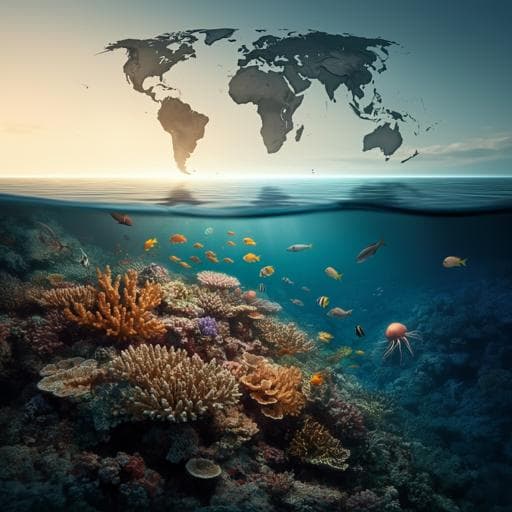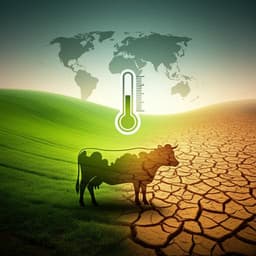
Earth Sciences
Impact of global climate cooling on Ordovician marine biodiversity
D. E. Ontiveros, G. Beaugrand, et al.
This groundbreaking study, conducted by Daniel Eliahou Ontiveros and colleagues, reexamines the Great Ordovician Biodiversification Event (GOBE) and reveals that global cooling may have been a key driver behind this significant increase in marine biodiversity. Discover how climate changes transitioned a warmer, inverted latitudinal biodiversity gradient into a modern one during the Ordovician period.
~3 min • Beginner • English
Related Publications
Explore these studies to deepen your understanding of the subject.







